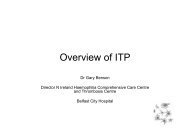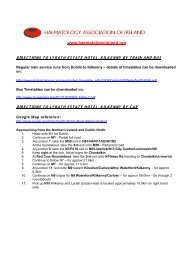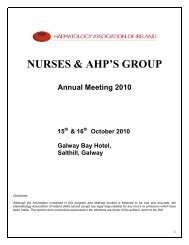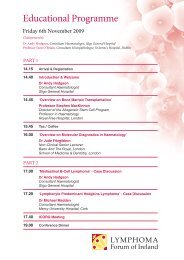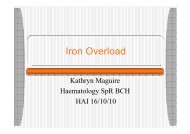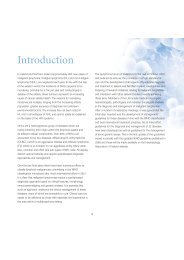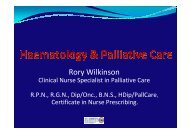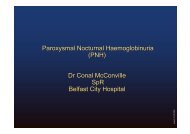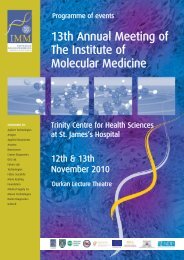Guidelines on Diagnosis and Treatment of Malignant Lymphomas
Guidelines on Diagnosis and Treatment of Malignant Lymphomas
Guidelines on Diagnosis and Treatment of Malignant Lymphomas
Create successful ePaper yourself
Turn your PDF publications into a flip-book with our unique Google optimized e-Paper software.
Potential pitfalls<br />
Failure to differentiate from DLBCL<br />
<strong>Treatment</strong><br />
St<strong>and</strong>ard DLBCL therapy is unlikely to be curative. Chemotherapy<br />
regimens used in Burkitt’s lymphoma are active. Another<br />
approach is to use DA-R-EPOCH, which is more anthracycline<br />
intensive than classical Burkitt’s regimens. Patients should receive<br />
CNS directed therapy. Patients with double hit lymphomas<br />
originating from a follicular lymphoma have a very poor prognosis.<br />
Resp<strong>on</strong>se evaluati<strong>on</strong> <strong>and</strong> Follow-up<br />
Restage after first course <strong>of</strong> chemotherapy (Burkitt regimen) or<br />
sec<strong>on</strong>d / fourth course with DA-R-EPOCH <strong>and</strong> then at the end <strong>of</strong><br />
treatment. The risk <strong>of</strong> relapse remains high for up to 2 years<br />
following treatment compared to Burkitt’s lymphoma<br />
42



